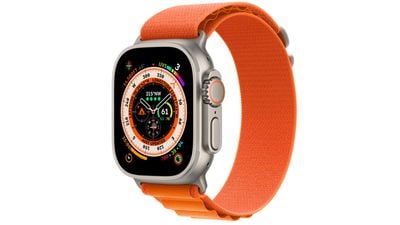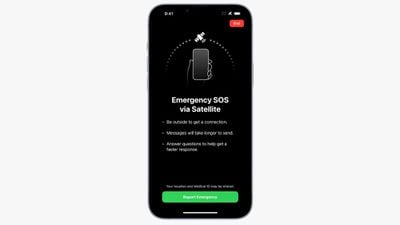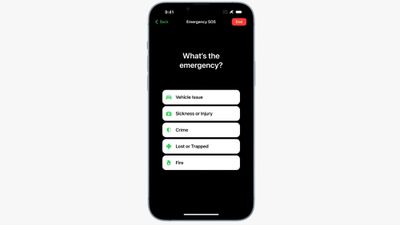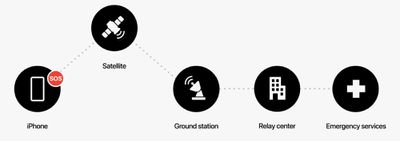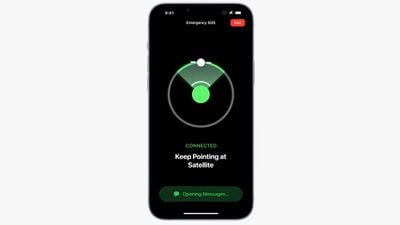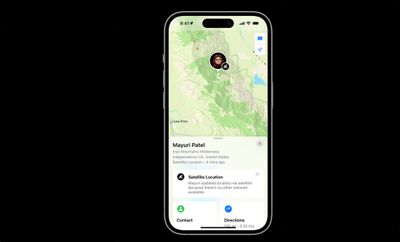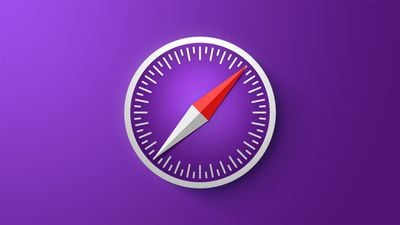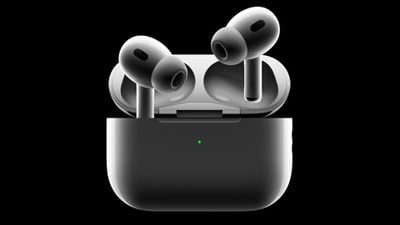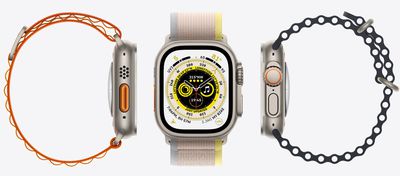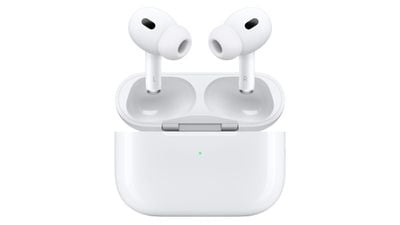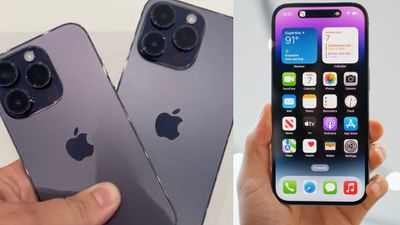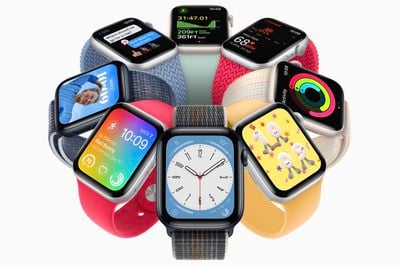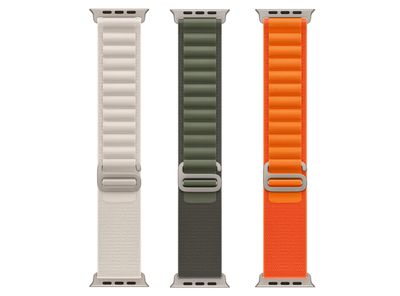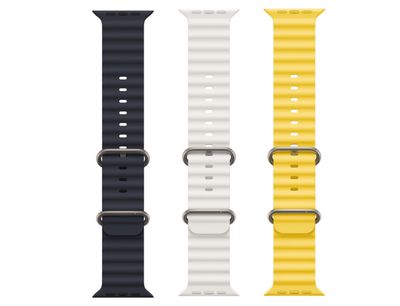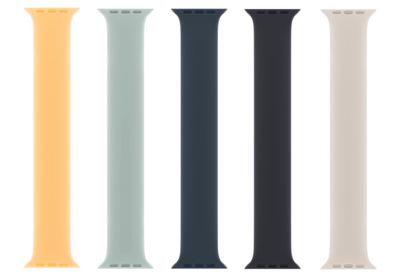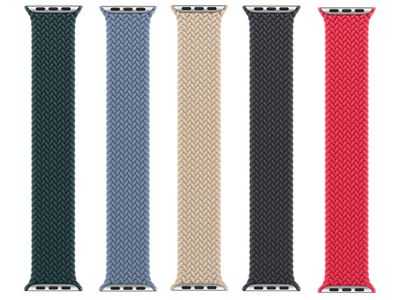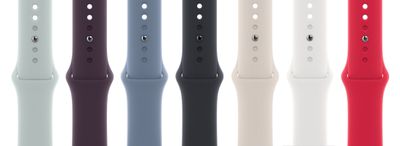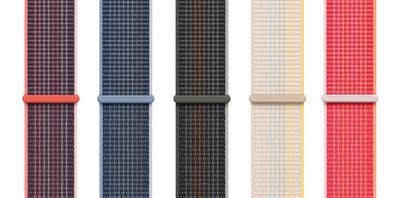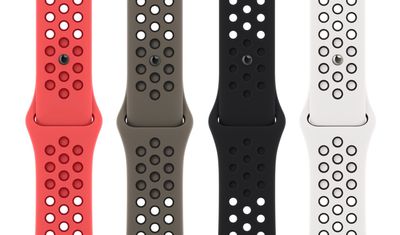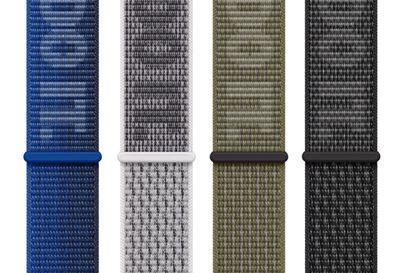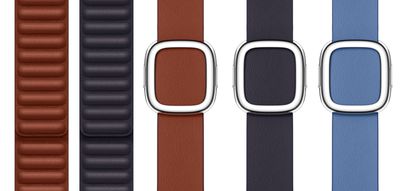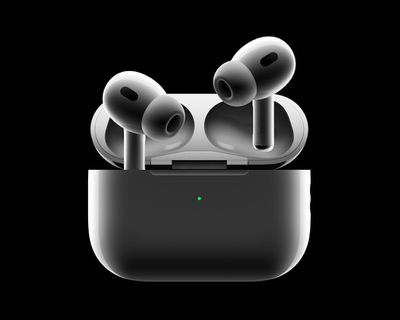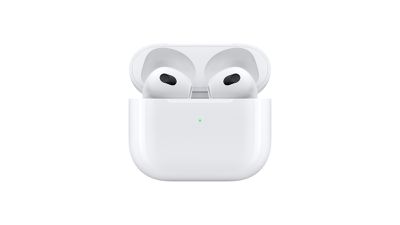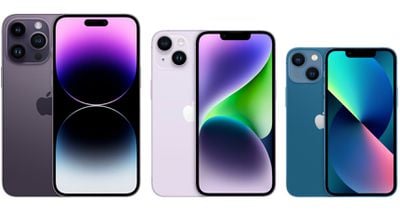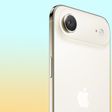The all-new Apple Watch Ultra is available to pre-order starting today in the U.S. and more than 40 other countries, with pricing set at $799. The high-end Apple Watch will launch in stores and begin arriving to customers on September 23, but some configurations are already facing lengthy shipping delays as of late Wednesday.
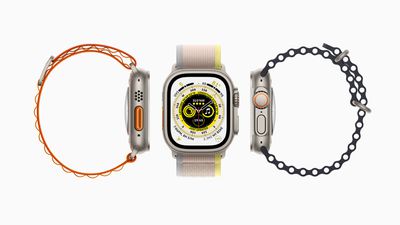
A quick spot check of Apple's online store in the U.S. reveals that models with a midnight Ocean Band and large green Alpine Loop face 3-4 week shipping estimates for orders placed on late Wednesday, while models with the Trail Loop in multiple colors face an even lengthier 6-7 week delay at this time. That said, there are still at least a half-dozen band options available with September 23 launch day delivery overall.
Inspired by the "most extreme activities," the Apple Watch Ultra features a durable design with a 49mm titanium case, a larger display with a flat sapphire crystal cover, new bands designed for the outdoors, water resistance up to a depth of 100 meters, a customizable bright orange "Action" button on the left side of the case, and more. A protruded ridge houses the Digital Crown and Side Button on the right side of the case.
A new info-dense Wayfinder watch face takes advantage of the larger display with support for up to eight complications and an integrated compass.
Apple Watch Ultra is advertised as having up to 36 hours of battery life per charge during normal usage. In a future watchOS 9 update, a new low-power setting with reduced frequency of GPS and heart rate readings will extend battery life to up to 60 hours.


